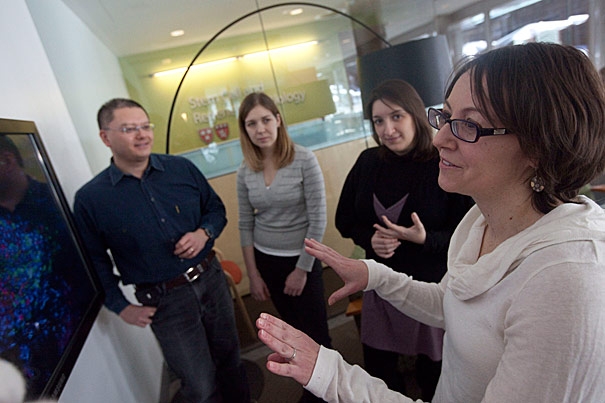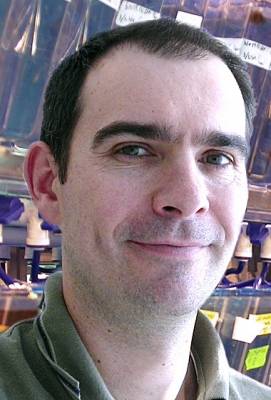Latest News
News by Topic
- Aging (9)
- ALS (12)
- Alzheimer's Disease (8)
- Bioengineering (31)
- Blood Diseases (52)
- Cancer (55)
- Cardiovascular Disease (25)
- Diabetes (30)
- Endocrine Disease (1)
- Eye Diseases (10)
- Fibrosis (6)
- Gastrointestinal Disease (8)
- Genetics/Epigenetics (24)
- Graft-Versus-Host Disease (1)
- Hearing Loss (5)
- Immunology (15)
- Kidney Disease (12)
- Liver Disease (6)
- Lung Disease (9)
- Multiple Sclerosis (1)
Copyright © 2024 The President and Fellows of Harvard College | Accessibility | Digital Accessibility | Report Copyright Infringement

 To an untrained observer, the electrical storm that takes place over the brain’s neural network seems a chaotic flurry of activity. But as neuroscientists understand it, the millions of neurons are actually engaged in a sort of tightly choreographed dance, a tango of excitatory and inhibitory neurons. How is...
To an untrained observer, the electrical storm that takes place over the brain’s neural network seems a chaotic flurry of activity. But as neuroscientists understand it, the millions of neurons are actually engaged in a sort of tightly choreographed dance, a tango of excitatory and inhibitory neurons. How is... It has long been a given that adult humans — and mammals in general — lack the capacity to grow new
It has long been a given that adult humans — and mammals in general — lack the capacity to grow new